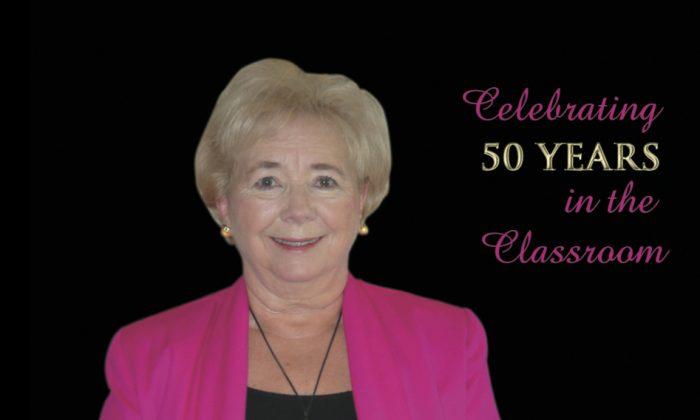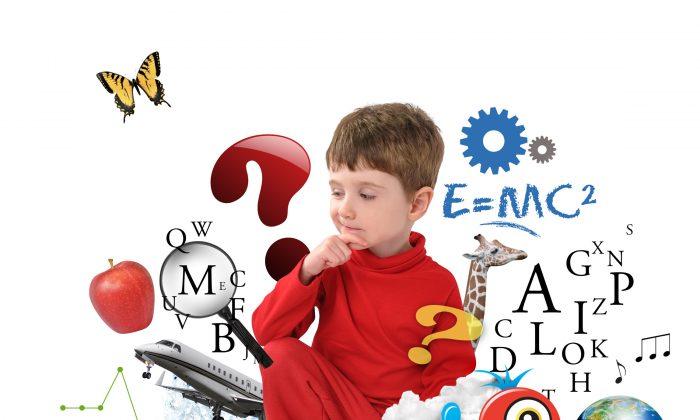Parents in so many parts of the world are very fortunate in this day and age to have a choice as to what kind of education their children get, how they get it, where they get it and when they get it. One size does not fit all anymore, it seems.
There are varying pedagogical approaches, different philosophies and different ways of teaching.
Experts describe a philosophy of education as follows:
“Behind every school and every teacher is a set of beliefs that influence what and how students are taught. This philosophy represents answers to questions about the purpose of schooling, a teacher’s role, what should be taught and by what methods. The teacher-centered philosophies tend to be more authoritarian and conservative, and emphasize the values and knowledge that have survived through time.
The major teacher-centered philosophies of education are essentialism and perennialism. Student-centered philosophies are more focused on individual needs, contemporary relevance, and preparing students for a changing future. School is seen as an institution that works with youth to improve society or help students realize their individuality. The student is at the center of the process. Students and teachers work together on determining what should be learned and how best to learn it.”
Each individual teacher can bring his/her own way of teaching to the students in varying amounts and degrees not only for the whole school year, but also for specific lessons, units, topics or themes. It can be different for a specific discipline or subject area. It might even change dramatically for another area like the digital one. Websites are full of definitions and explanations for learning by listening, discovery learning, learning through discussing issues, blended learning, learning by doing, online learning, face-to-face learning and OBTL (Outcomes Based Teaching and Learning), and homeschooling to name a few.
Cities like Hong Kong have both International Institutions and Government Schools which offer both Primary and Secondary education. Hong Kong has a school called Ebenezer School for the Blind, as well as many special schools for different exceptionalities including those in the autism spectrum.
One example of a unique school in Hong Kong, owned and operated by Dr. Jadis Blurton, is The Harbour School, a progressive mainstream school and a model for inclusive education. It is growing exponentially and has lately just acquired another campus.
Parents can also have a choice of faith schools, free schools, private schools and special schools if they are disenchanted with a regular school system which does not appear to be meeting the needs of their child.
Waldorf Education may be new to some. There are approximately one thousand schools worldwide. They are non-profit, independent schools, most starting up with no public financial support, though lately there is government funding in some countries. In the U.S. several schools have been established as Waldorf-method “charter schools” within the public school system.
Waldorf schools were started by Rudolf Steiner in 1919. A search on the web reveals that this type of education is based on an anthroposophical view and understanding of the human being—body, soul, mind, and spirit. For the Waldorf student music, dance and theatre, writing, literature, legends and myths are not simply subjects to be read about, ingested and tested. They are experienced.
Waldorf students cultivate a lifelong love of learning as well as the intellectual, emotional physical and spiritual capacities to be individuals certain of their paths and to be of service to the world. When one enters a Waldorf school, the first thing noticed is the care given to the building. The walls are usually painted in lively colors and are adorned with student artwork. Evidence of student activity is everywhere to be found and every desk holds a uniquely created main lesson book.
Another kind of education is Montessori. Wikipedia states that this is an educational approach developed by Italian physician and educator Maria Montessori in 1897 and is characterized by an emphasis on independence, freedom within limits, and respect for a child’s natural psychological, physical and social development. The teachers are specially trained, and the schools use educational materials developed by Montessori and her collaborators. Classrooms have mixed ages of children, and the students have a choice of activity from within a prescribed range of options. There are uninterrupted blocks of work time, ideally for three hours. They offer a constructivist or “discovery” model, where students learn concepts from working with materials rather than by direct instruction.
The first school opened in 1907 in Rome. Montessori believes the child’s school environment should exhibit the following characteristics:
- An arrangement that facilitates movement and activity
- Beauty and harmony, cleanliness of environment
- Construction in proportion to the child and his /her needs
- Limitation of materials, so that only material that supports the child’s development is included
- Order
- Nature in the classroom and outside the classroom.
It is estimated that there are about 20,000 Montessori schools worldwide.
Other choices that parents have for an “outside the box” school are the Sudbury School, Harkness School and Unschooling. With Unschooling, the approach is not to set a specific curriculum for children to follow, but to have them learn by studying and learning about something that truly interests them.
The Sudbury school, another alternative school which can be found in Hong Kong with approximately 30 others around the world, was founded in Massachusetts in 1968 by a group of parents. Its theory is that students can manage their own learning. It encourages students to structure their own education. There are no exams, unless requested. Teachers do not lecture or assign homework. Rules of the school are decided by the students at a weekly meeting. Those affiliated with this type of school feel that students can achieve on the same level as those in traditional schools.
Homeschooling is simply teaching the child inside the home as opposed to a formal setting. This teaching is done by parents or by tutors. In the United States, around two million children are homeschooled. These are often the children of professional athletes, actors and actresses, and musicians where traveling is a big part of their lives. In Hong Kong it is not illegal to homeschool but permission is granted on a case by case basis. Most of the cases, apparently involve children of Expatriates because of the stressful exam-centric culture here.
Lastly, I will mention Harkness Schools which feature a simple oval table. There are no lectures, and learning is based on discussion. Anyone can contribute but the teachers have to keep the discussion on track. This method was developed by the prestigious Exeter Academy in the U.S and has been around since 1930. Currently, it is in use by many schools around the world, including Harrow International School, here in Hong Kong.
It is clear that parents do not have to look far to find one of these above mentioned schools for their child right here in Hong Kong, but they certainly do have to do their homework in terms of finding the right school or the best school to meet their child’s needs. Parents can learn much information about specific schools by reading the websites first for a detailed overview.
Pat Kozyra is a Canadian citizen currently living in Hong Kong. She is the author of “Tips and Tidbits for Parents and Teachers—celebrating 50 years in the classroom and sharing what I have learned.”




Friends Read Free